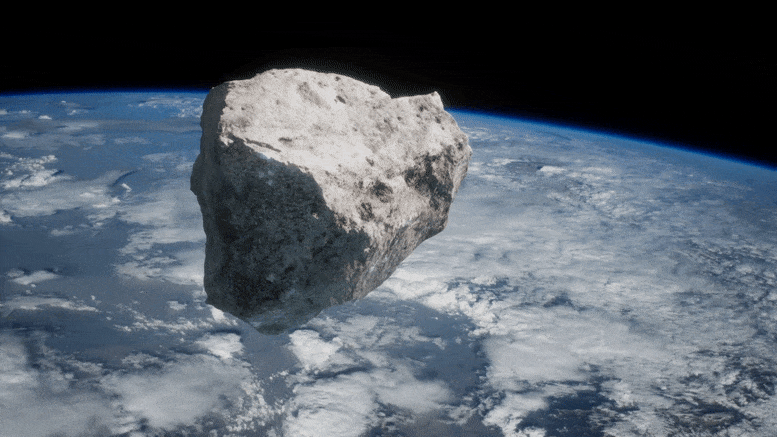
小行星“2021 QM1”已正式从欧洲航天局的小行星危险清单中删除。 还剩下 1,377 颗小行星。 (艺术家对小行星冲向地球的印象。)
随着欧洲航天局 (ESA) 开始小行星日倒计时,2052 年的影响被排除
正好赶上世界小行星日:一块受威胁的太空岩石,几个月来一直处于世界风险清单的首位,真正有可能在 2052 年 4 月 2 日撞击地球。现在,欧洲航天局的小行星团队正在工作与南欧天文台的专家([{” attribute=””>ESO) has officially removed ‘2021 QM1’ from their asteroid risk list, a result of skilled observations and analysis of the faintest asteroid ever observed with one of the most sensitive telescopes ever constructed.
With Asteroid Day Live 2022 set for June 30, we can safely say that the riskiest asteroid known to humankind in the last year will not impact the Earth – at least not for the next century.
What was it like to track this asteroid? Get the full story in ESA’s fascinating behind-the-scenes look at how European experts handle asteroid risks in the official countdown to Asteroid Day live on June 30, airing at 10:25 CEST on AsteroidDay.org and via ESA WebTV.

Asteroid 2021 QM1, once thought to have a chance of impacting Earth in 2052, was spotted passing through a region of the sky with the Milky Way just behind it. The small, faint, receding asteroid had to be found against a backdrop of thousands of stars, with red crosses indicating the path of the object. Credit: ESO/O. Hainaut
Impact 2052
2021 QM1 was first discovered on August 28, 2021, by the Mount Lemmon Observatory, located north of Tucson, Arizona. At the beginning, nothing stood out as unusual about the discovery – about a dozen new near-Earth asteroids are identified every dark night. Routine follow-up observations were subsequently acquired from telescopes around the globe, but these began to tell a more worrying story.
“These early observations gave us more information about the asteroid’s path, which we then projected into the future,” said Richard Moissl, ESA’s Head of Planetary Defense.
“We could see its future paths around the Sun, and in 2052 it could come dangerously close to Earth. The more the asteroid was observed, the greater that risk became.”
重要的是要注意,仅基于几晚观测的轨道计算会受到一些不确定性的影响,这就是为什么小行星通常在被发现后不久就被添加到欧空局的风险清单中,并在收集到更多数据后立即被删除,以及不确定性减少确定性。 ,小行星被证明是安全的。 在这种情况下,这是不可能的。
不幸的宇宙排列
就在危险似乎在增加的时候,一个完美的宇宙排列发生了:从地球上看,小行星的路径使它更接近太阳,在我们的主星明亮的光芒下几个月都看不到太阳。
“我们只需要等待,”欧洲航天局近地天体协调中心 (NEOCC) 的天文学家 Marco Micheli 解释说。
“但为了阻止事情发生,我们了解到 2021 QM1 也在其当前轨道上远离地球——这意味着当它脱离太阳的强光时,它可能太微弱而无法被发现。”
在等待的同时,他们也做好了准备。
优先使用地球上最强大的望远镜之一
欧洲南方天文台 甚大望远镜 (VLT) 它已经准备好了。 一旦 50 米高的小行星远离阳光——并且天气条件允许——ESO 的 VLT 将把它 8 米高的镜子聚焦在消失的岩石上。

智利 ESO 超大望远镜 (VLT) 背后的戏剧性月落。 当月亮落下时,太阳即将从对面的地平线升起。 超大望远镜 (VLT) 经过一夜的观测后已经闭上眼睛,望远镜操作员和天文学家正在睡觉,而白天的技术人员、工程师和天文学家则醒来开始新的工作日。 在世界上生产力最高的天文台,操作从不停止。 信用:G.Gillet / ESO
ESO 的天文学家 Olivier Hainaut 解释说:“我们发现我们危险的小行星的时间很短。”
“更糟糕的是,它正穿过一片天空,带着[{” attribute=””>Milky Way just behind. Our small, faint, receding asteroid would have to be found against a backdrop of thousands of stars. These would turn out to be some of the trickiest asteroid observations we have ever made”.
Faintest asteroid ever observed
Over the night of May 24, ESO’s VLT took a series of new images. The data arrived and Olivier and Marco began to process them, stacking subsequent observations on top of each other and removing the background stars: it took some time.

ESO’s Very Large Telescope captures 2021 QM1 which for months topped risk lists around the globe. This pivotal sighting ruled out Earth impact in the year 2052. Over the night of May 24, the European Southern Observatory’s Very Large Telescope took a series of images of an asteroid that had topped risk lists around the globe for months. These images were some of the trickiest asteroid experts had taken, as the faint asteroid 2021 QM1 receded from view against a very starry backdrop. A series of images were processed, stacked on top of each other and stars were removed, revealing the faintest asteroid observed. Credit: ESA
The result? A positive detection of the faintest asteroid ever observed. With a magnitude of 27 on the scale used by astronomers to describe the brightness of objects in the sky, 2021 QM1 was 250 million times fainter than the faintest stars visible to the naked eye from a dark spot. (In this astronomical scale of visible magnitudes, the brighter an object appears the lower the value of its magnitude, while the brightest objects reach negative values, e.g. the Sun is magnitude -27).
Olivier was certain this small blur was in fact an asteroid, and Marco was certain that given its location, it was our asteroid.
Safe at last?
With these new observations, our risky asteroid’s path was refined, ruling out an impact in 2052, and 2021 QM1 was removed from ESA’s risk list. Another 1,377 remain.

The position of each asteroid at 12:00 CEST on June 13, 2022, is plotted. Each asteroid is a segment representing its motion over 10 days. Inner bodies move faster around the Sun (yellow circle at the center). Blue represents the inner part of the Solar System, where the Near Earth Asteroids, Mars crossers, and terrestrial planets are. The Main Belt, between Mars and Jupiter, is green. The two orange ‘clouds’ correspond to the Trojan asteroids of Jupiter. Credit: © ESA/Gaia/DPAC; CC BY-SA 3.0 IGO, Acknowledgments: P. Tanga (Observatoire de la Côte d’Azur)
More than one million asteroids have been discovered in the Solar System, almost 30 000 of which pass near Earth, with many more expected to be out there. ESA’s Planetary Defence Office, NEOCC and astronomers around the globe are looking up to keep us safe, working together to ensure we know well in advance if an asteroid is discovered on a collision course.
Watch Asteroid Day Live
How worried are the world’s asteroid experts? How did it feel to track humankind’s most risky asteroid? Get the full story in ESA’s 30-minute program counting down to Asteroid Day live on June 30, airing at 10:25 CEST on AsteroidDay.org and on ESA WebTV.

Fallen trees at Tunguska, Imperial Russia, seen in 1929, 15 km from epicenter of the aerial blast site, caused by the explosion of a meteor in 1908. Credit: Photo N. A. Setrukov, 1928
Asteroid Day is the United Nations-sanctioned day of public awareness of the risks of asteroid impacts, held annually on June 30. This year sees its return to Luxembourg for an in-person event following two years of living entirely in the virtual realm. Asteroid experts from ESA, from across Europe and worldwide will converge on the city to take part in a packed four-hour live program of panels and one-on-one interviews.

“创作者。屡获殊荣的问题解决者。音乐布道者。无法治愈的内向。”

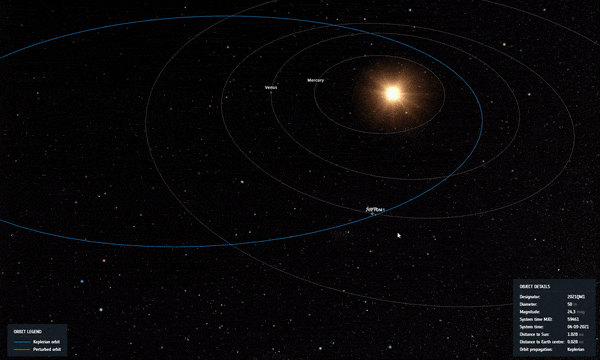
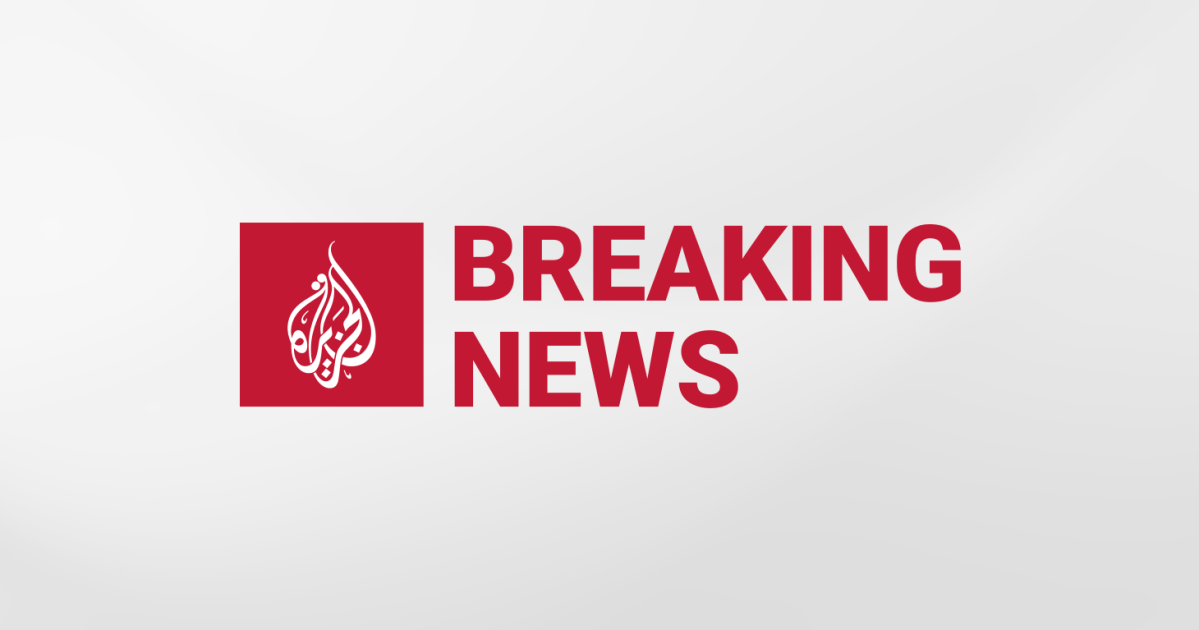
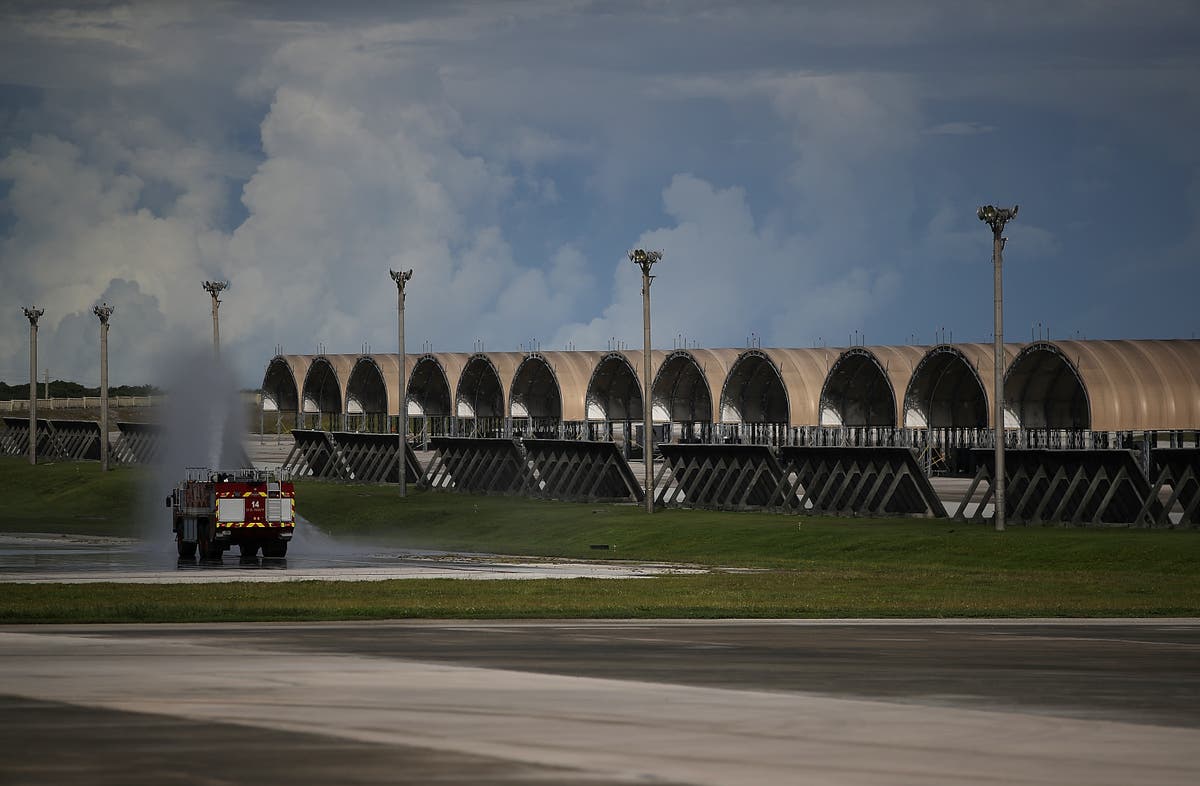
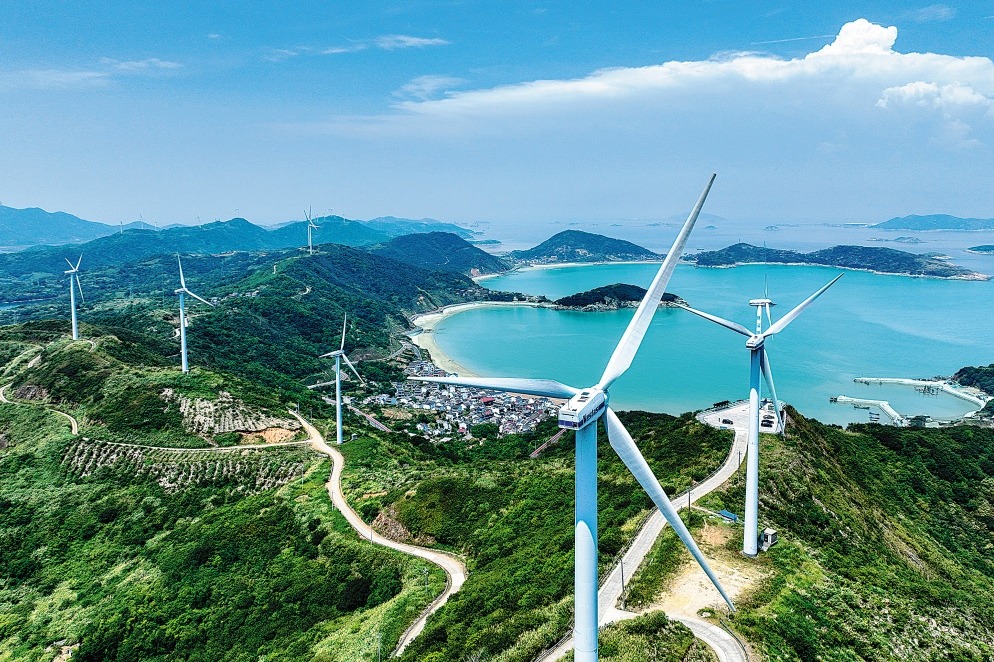

More Stories
世界卫生组织表示,禽流感传播给人类的风险是一个“重大问题”。 禽流感
通过业余化石发现,发现了一种巨大的古代海洋爬行动物
古代发掘发现了已知最大的海洋爬行动物